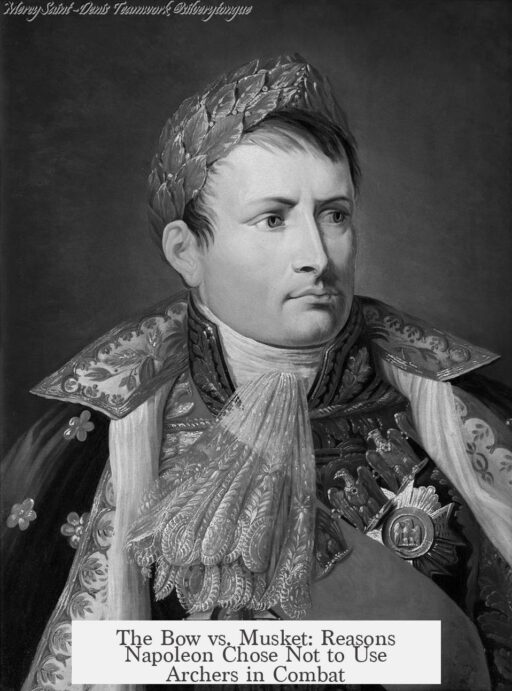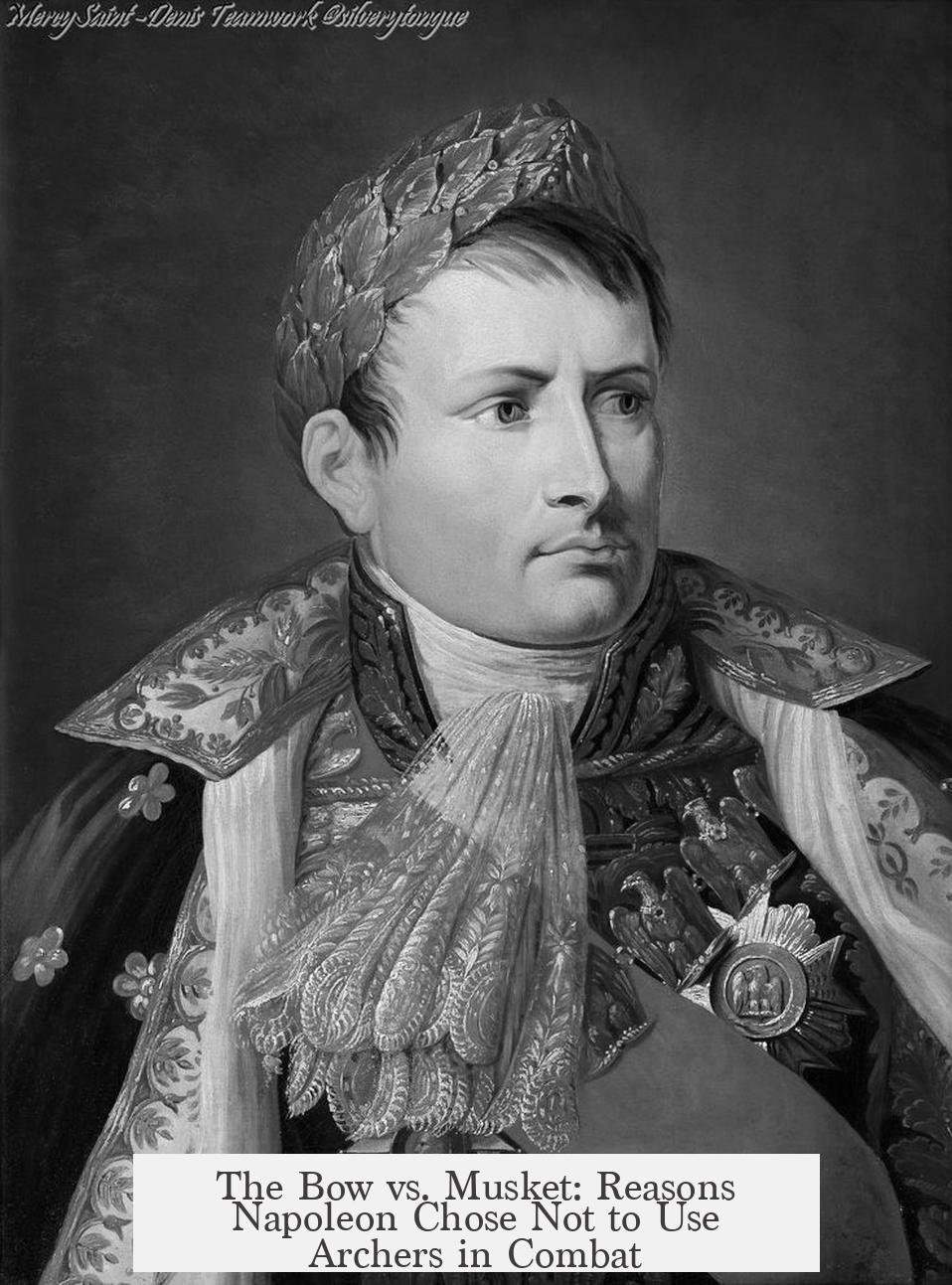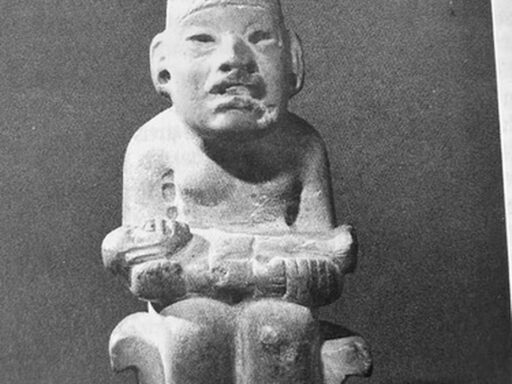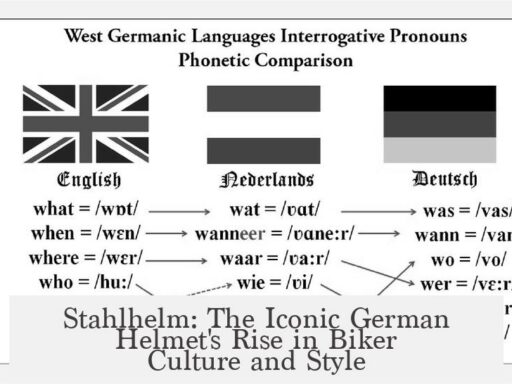Napoleon did not use archers in his armies because muskets offered clear advantages in combat effectiveness, training, logistics, and tactics aligned with the military systems of the time. The bow, despite its historical significance, could not compete with the musket’s range, power, and battlefield impact during the Napoleonic era.
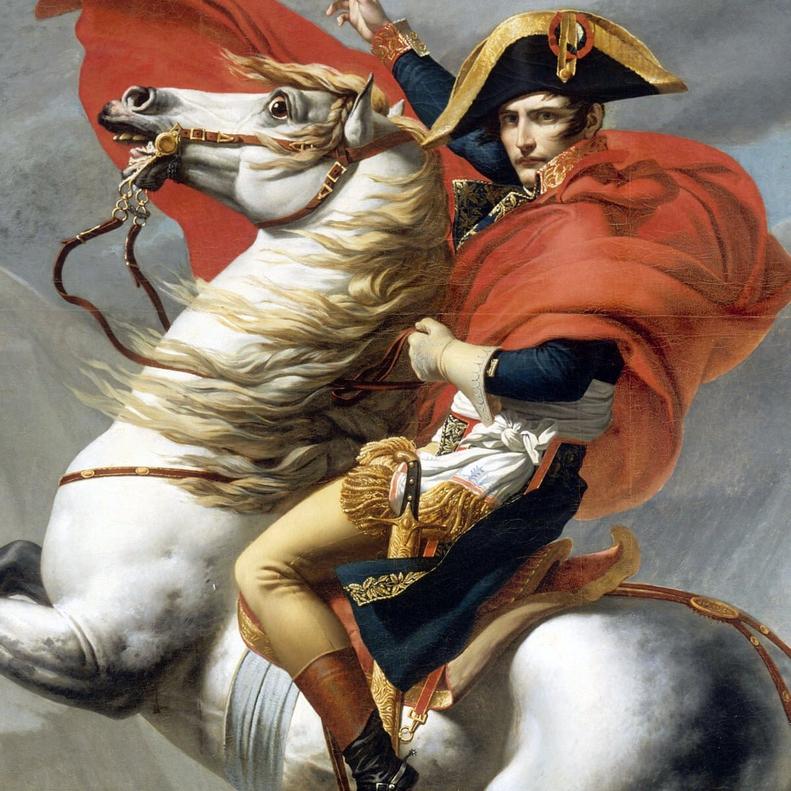
The musket surpassed the bow in several key areas. While an experienced archer can shoot about twelve arrows a minute, sustaining that rate is difficult. Muskets, by comparison, allowed soldiers to maintain a steady rate of fire during battle after brief training. Unlike bows that require significant skill and physical endurance, muskets needed only weeks of instruction. For example, French infantrymen typically trained for two to three weeks, enough to master muskets but insufficient to develop the proficiency required for effective archery.
Muskets possessed greater range and penetrating power. A bow with a 50-pound draw weight had an effective range of around 60 yards, while muskets could consistently hit targets at 80 yards or more. The British Baker rifle extended this range even further to approximately 100 yards. This longer reach was significant, allowing troops to engage enemies from safer distances. Additionally, muskets delivered a psychological impact. The loud explosions of musket volleys intimidated opposing forces, affecting morale in a way the relatively silent arrows could not.
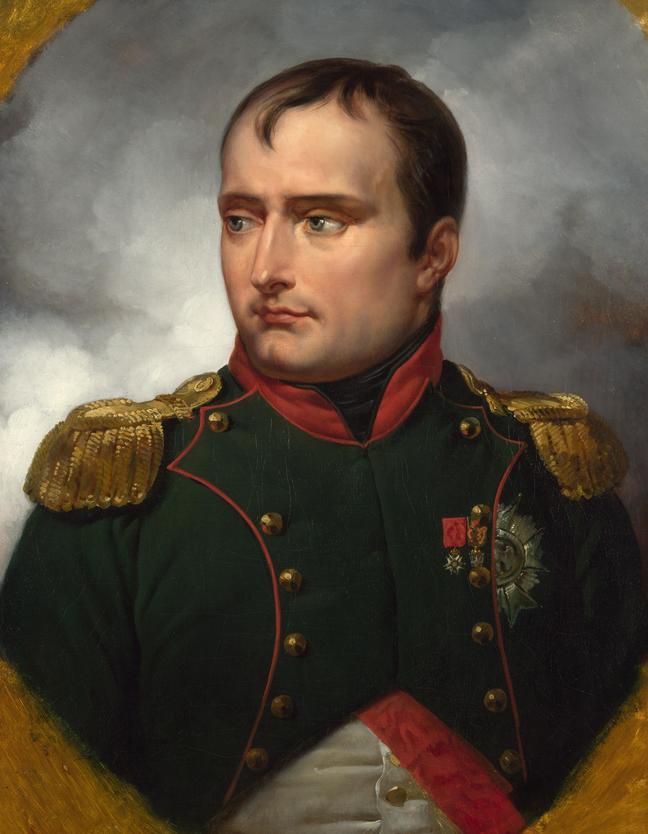
Logistical factors also favored muskets. The production of muskets and ammunition became streamlined through mechanization and specialized industries. Raw materials such as lead, sulfur, saltpeter, wood, and steel were available in suitable quantities. In contrast, producing quality bows required careful selection of specific woods and skilled craftsmanship. Arrows posed additional challenges: they were bulkier to transport and more complicated to manufacture at scale. Muskets’ powder and shot were easier to mass-produce and supply on campaign, ensuring a sustained flow of ammunition for armies in the field.
The Napoleonic military model, rooted deeply in European developments, was built around firearms. Battlefield tactics, training protocols, and supply chains all catered to muskets and artillery. The infrastructure to support large-scale archer units simply did not exist. Society by the early 19th century had urbanized significantly, cutting the connection with archery skills traditionally fostered through hunting or rural life. As such, there was no widespread civilian stock of competent archers to recruit and train for military service.
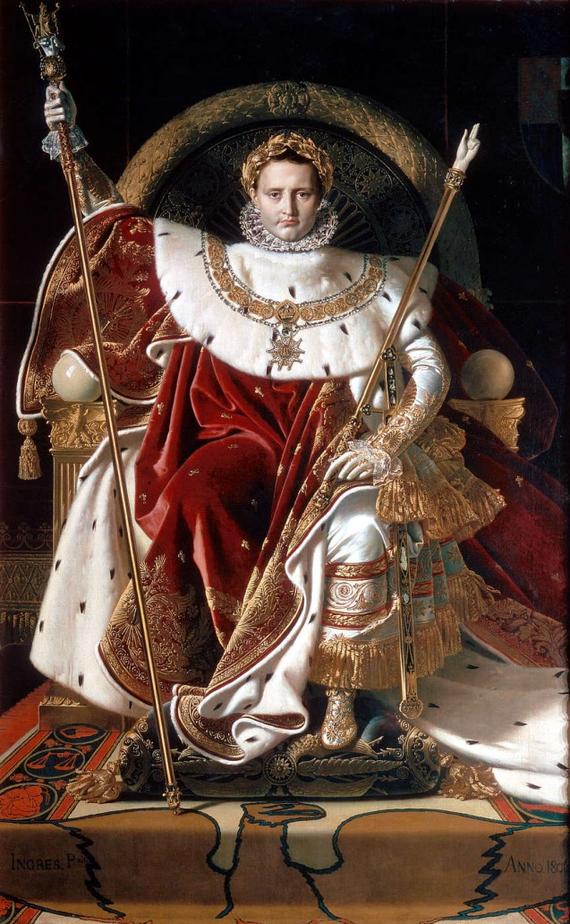
Historical evidence backs this transition. Armies equipped with firearms repeatedly dominated those relying on older technologies. For example, Oda Nobunaga’s victory at Nagashino demonstrated how effective muskets could be against traditional weapons. European forces’ successes in the Korean invasions similarly leveraged superior musketry. This trend solidified muskets as the dominant battlefield weapon.
Despite this, there are isolated mentions of archers in early 19th-century conflicts, such as in Latin America during the wars of independence led by Simon Bolivar. These instances, however, represent exceptions influenced by local conditions and lack of widespread firearm availability rather than strategic preference.
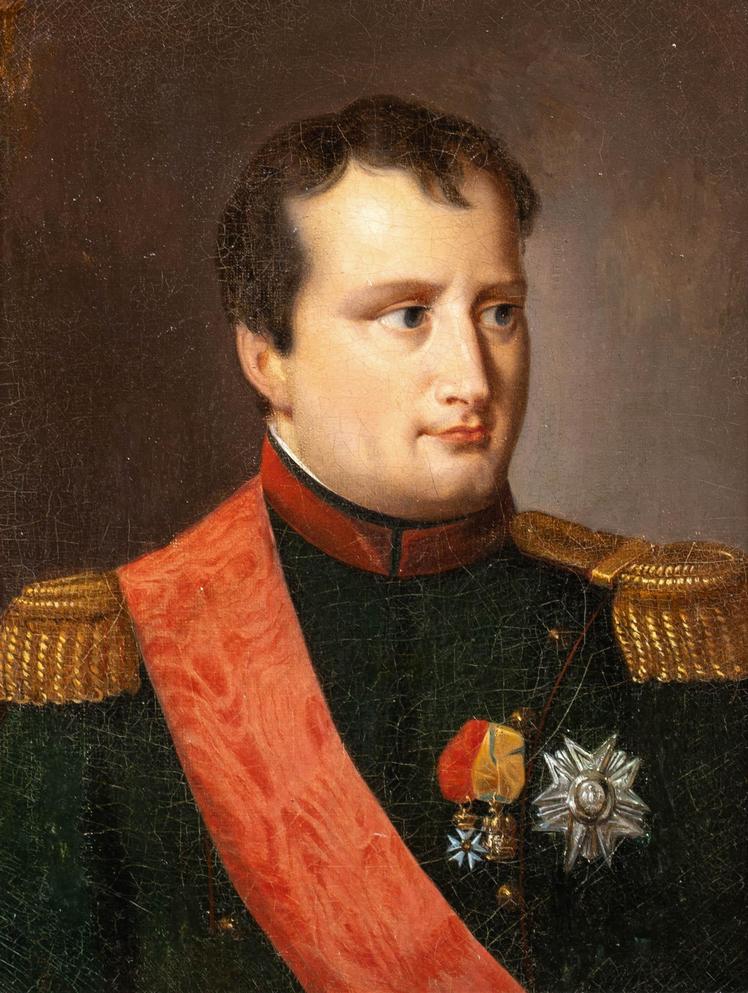
The weather affected both bows and muskets, but muskets were less sensitive to wind and rain in terms of operational range and accuracy. This reliability further enriched the musket’s battlefield value.
| Aspect | Bow | Musket |
|---|---|---|
| Effective Range | ~60 yards | 80–100 yards |
| Rate of Fire | Up to 12 arrows/min (short duration) | 3–4 shots/min (sustained) |
| Training Required | Months to years | Weeks |
| Production | Labor-intensive, specific materials | Mass-producible with industrial supply |
| Ammunition Logistics | Bulky arrows, complex manufacture | Compact powder and bullets, mechanized |
| Battlefield Impact | Less psychological effect | Loud, intimidating musket fire |
In summary, muskets dominate over bows due to superior firepower, longer effective range, simpler and faster troop training, easier mass production, and stronger psychological impact in battle. The Napoleonic army embraced muskets because the entire military system and society had evolved to support firearm warfare. No systemic, logistical, or tactical advantage existed for archers in this era.
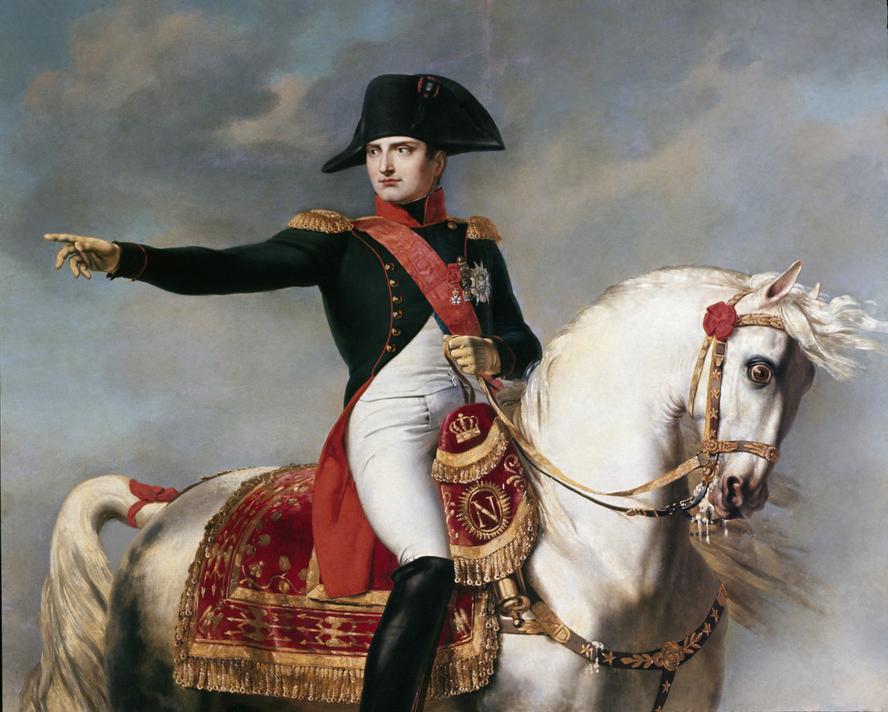
- Muskets have greater range and penetrating power than bows.
- Training musketeers is faster and requires less skill.
- Musket ammunition is easier to mass-produce and supply.
- Musket volleys provide battlefield intimidation lacking in archery.
- Napoleon’s military infrastructure was fully built around firearms.
- No widespread civilian base existed for recruiting archers by the 19th century.
The Bow Is Better Than the Musket — Why Did Napoleon Not Use Archers?
At first glance, the bow might seem like a silent, elegant weapon compared to the noisy, smoky musket. But in the brutal reality of Napoleonic warfare, the musket is clearly superior. So, why did Napoleon’s armies ditch archers entirely, despite the bow’s long history and deadly reputation? Let’s unpack this surprising military decision.
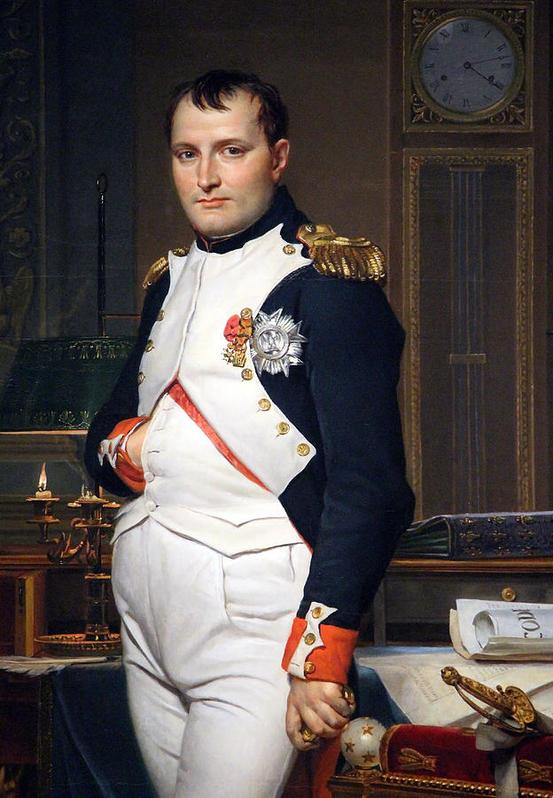
The bow wins hearts in fantasies and folklore. But on the messy battlefields of the early 19th century, it simply can’t compete with the musket’s power, ease of use, and psychological punch.
Musket vs. Bow: The Gritty Reality of Combat
It’s tempting to think archers could unleash a flurry of arrows and rain down death like some legendary Robin Hood squad. In theory, an experienced archer might shoot around twelve arrows a minute. Impressive, right? But here’s a big question: how long can they sustain that rate in battle conditions?
Archers exhaust quickly during intense fighting. Drawing a powerful bow tens of times per minute rapidly saps stamina. Musketeers, on the other hand, endure—and keep firing. Reloading a musket is slower but less physically demanding once drilling and discipline are set.
Weather also plays against the bow. Rain and wind can severely disrupt arrow flight and damage the bowstring. Muskets suffer too, but modern powder and maintenance methods reduce these issues. Plus, muskets shoot farther—80 to 100 yards versus about 60 yards for a typical 50-pound bow. That extra range lets infantry pepper the enemy before coming in close.
The Power of Noise and Fear
Ever heard a volley of musket fire? It’s terrifying. The explosion, the smoke, the sudden thunder of dozens of shots—this psychological impact is enormous. Bow attacks are quieter and less intimidating. During Napoleonic battles, the overwhelming noise of musket volleys could shake morale and cause enemy lines to falter.
Training: From Novice to War-Ready
Archery demands years of practice for battlefield proficiency. The average peasant or conscript couldn’t pick up a bow and excel in weeks. Musketeers, however, could become effective soldiers after just a few weeks of training. This matters when building large armies quickly—Napoleon needed tens of thousands of disciplined musketeers, not a handful of expert archers.
Even if you handed out bows to peasants, their effectiveness would likely be minimal in a fight. Muskets democratized ranged combat, letting armies rely on broad, unskilled manpower.
Supply Chains and Production Realities
Now, here’s an often-overlooked angle: logistics. Muskets use ammunition made from lead balls and gunpowder. These materials can be mass-produced and transported efficiently. Modern industry—even in the early 1800s—could mechanize these processes.
Arrows are tricky. You can’t just carve one from any tree. Each arrow needs a wooden shaft of precise straightness, a well-fixed feather fletching, and a steel or stone tip. Manufacturing arrows is labor-intensive. Plus, they’re bulkier to carry and ration than gunpowder and balls.
This means it’s easier to keep musketeers supplied on the move. Armies with reliable supply lines are far more effective. Archers, conversely, require constant replacements and careful archer-specific logistics.
Military Tradition and Social Context
By Napoleon’s time, European armies completely revolved around the musket. Infantry tactics, formations, drills, and even military culture favored firearms. Raising a force of archers wasn’t simply a tactical choice; it required social and economic backing. Most 19th-century Europeans lived in towns or farms with no archery tradition. No hunting culture meant no base of skilled bowmen to recruit from.
Earlier eras featured massed archers in England, Japan, and elsewhere because hunting was ingrained in everyday life and local culture. That was gone. Societies urbanized, and archery became a niche sport or hobby, not a military skill.
Historical Notes and Exceptions
Interestingly, archers saw some use in Latin America well into the 1800s—for example, during Simon Bolivar’s wars of independence. This proves that in specific contexts and terrains, bows still played a role. But Europe’s massive, organized armies moved decisively into firearm dominance.
| Factors | Musket Advantages | Bow Limitations |
|---|---|---|
| Rate of Fire | Consistent, less physically demanding | High but not sustained efficiently |
| Range | Up to 100 yards | About 60 yards |
| Training Time | Weeks | Years for proficiency |
| Production | Mass producible ammunition | Complex, labor-intensive arrows |
| Psychological Impact | Loud, terrifying volleys | Silent and less intimidating |
So, What Can We Learn From This?
If the bow was so effective for thousands of years, why ditch it? The answer lies in how warfare evolved with technology and society. Firearms introduced power, simplicity, and mass production. They turned irregular warriors into uniform infantryready for the brutal demands of Napoleonic conflict.
Napoleon didn’t reject archers out of ignorance or prejudice. He simply used what worked best for the modern battlefield. Muskets fit his logistics, tactics, and the social structure of his time.
Next time you imagine arrows raining down, remember the crackling musket volley that likely won that fight—and the world’s armies changed forever.
Practical Takeaway for History Buffs and War Gamers
- When modeling Napoleonic units, focus on muskets, not bows.
- In historical re-enactments, musketeers’ drills and volley fire are key.
- Understanding logistics is as important as weapons’ raw power.
- Context matters: terrain, culture, and technology deeply shape military choices.
Did you enjoy this dive into why Napoleon said “No” to archers? What’s your favorite historical weapon transition story? Share below!
